It’s said that much of today’s world is about choice, and the organisations that find themselves in need of telemetry solutions across the sectors of oil and gas, chemicals, water and printing certainly require choice, if the resultant system is to cater for their most specialised requirements. There are always certain constants in the right telemetry system, such as the right level of flexibility, scalability and reliability, but there are also instances in which a renowned telemetry provider like Oriel Systems will be forced to call upon the deepest expertise of its technical team.
Thankfully, Oriel Systems is one of those companies with a strong reputation for installing precisely the right telemetry system, in close collaboration with the client. Experienced service and installation engineers across two UK locations are able to travel to the given site, whether in the UK or overseas, to carry out the installation, calibration and servicing of equipment. With every customer situation being different, these engineers are able to suggest all manner of solutions for integrating modern equipment with older, out of date legacy systems, drawing on their considerable experience with both old and new equipment.
Although this process best helps to minimise the need for expensive replacements, it does mean that determining the most suitable telemetry system depends in large part on detailed discussion with each and every customer. However, even before every requirement is known, Oriel Systems can still provide vital guidance, including on the appropriate outstation and software. The customer may also wish to take advantage of the company’s hosting service for their AWAX or Vendor Managed Inventory system, and a comprehensive support service can also be provided after installation, with Oriel Systems’ remote diagnostic facilities helping to minimise costs.
There are various further options beyond those for a telemetry system, however. They include a wide range of means of communication for an outstation, from GSM/GPRS/3G to Radio or standard telephone provider landline and broadband. There are also various signal inputs – digital or analogue – that Oriel Systems’ modular Intelligent Telemetry Outstations can be connected to, including guided microwave sensing equipment, hydrostatic pressure transducers and ultrasonic level sensors. Also possible to bring into the system are Counter Frequency Inputs, for such functions as measuring the number of strokes the pump has cycled, enabling an accurate figure to be given on how much product has been pumped enabling detailed information on product consumption to be obtained.
The customer of a new telemetry system may also request Control Outputs for the performing of such control functions as the remote opening and closing of valves or penstocks or the remote starting and stopping of pumps. It’s even possible for the customer to work alongside Oriel Systems’ engineers in the development of a Control Algorithm, so that intelligent pumping solutions can be provided based on all of the inputs that the system incorporates.
With a telemetry system potentially needing to cater for any of a vast range of industry needs, Oriel Systems has become more than well-attuned to catering for those needs.

 01249 705070
01249 705070